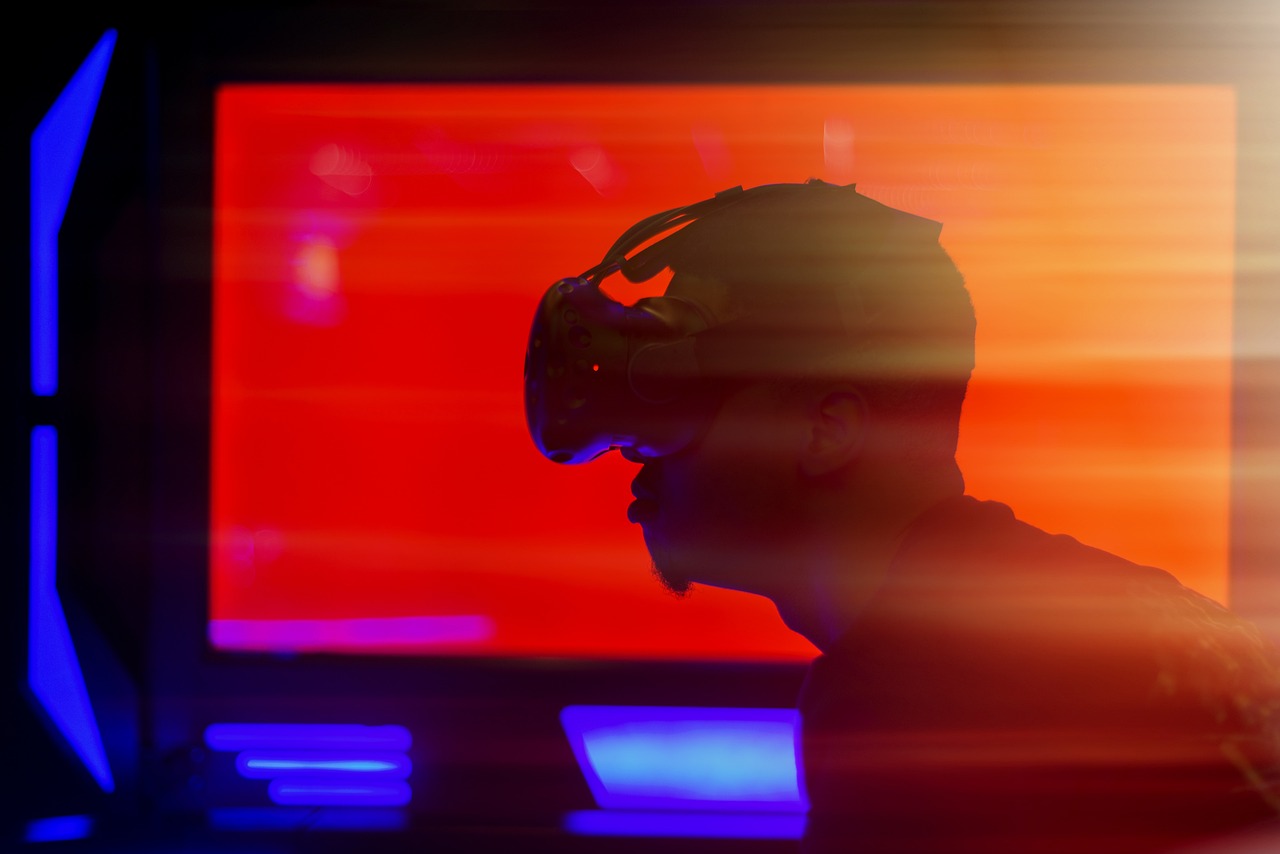Technology has become an integral part of the sports industry, revolutionising the way we watch, analyse, and engage with our favourite games. And now, two emerging technologies—Augmented Reality (AR) and Virtual Reality (VR)—are poised to take the sports experience to a whole new level.
But will AR and VR find use in sports beyond mere novelty? Let’s dive into the world of AR and VR and explore their potential applications in the realm of sports.
Immersive Fan Experiences
Imagine sitting in the comfort of your own home and feeling like you’re in the front row of a stadium, cheering on your team as if you were physically present. This is where VR comes into play.
Virtual Reality can transport fans to a different realm, allowing them to experience games from a unique perspective. By putting on a VR headset, fans can enjoy a 360-degree view of the stadium, feel the energy of the crowd, and even get up close and personal with their favourite athletes.
AR, on the other hand, enhances the real-world sports experience by overlaying digital information on top of the physical environment. With AR, fans can access real-time stats, player profiles, and replays directly on their smartphones or AR glasses while watching a game.
They can see player statistics and highlights right on the field or get additional insights during a live broadcast. This augmented information adds a layer of interactivity and depth to the sports viewing experience.
Player Training and Performance Analysis
AR and VR have the potential to revolutionise player training and performance analysis. Virtual Reality can create simulated environments that replicate realgame scenarios, allowing athletes to practise their skills and decision-making in a safe and controlled setting.
For example, a quarterback can practise reading defences and making splitsecond decisions against virtual opponents. VR training can help athletes
refine their techniques, improve their reaction times, and enhance their overall performance on the field.
Augmented Reality, on the other hand, can provide real-time feedback and analysis to athletes during training sessions. By wearing AR glasses, players can receive instant visual cues, tactical instructions, and performance metrics overlaid onto their field of view. This real-time data can help athletes make adjustments, identify areas for improvement, and optimise their training regimens.
AR and VR aren’t only going to be useful for enhancing the experience of your favourite 10bet sports betting app – it’s going to have real effects on how the game is played.
Enhancing the Viewing Experience for Remote Fans
Sports fans around the world often face the challenge of not being able to attend live games due to geographical limitations or other constraints. AR and VR have the potential to bridge this gap and provide remote fans with a more immersive and engaging viewing experience.
Through VR, fans can feel like they are physically present at the stadium, even if they are thousands of miles away. They can soak in the atmosphere, watch the game from different angles, and even interact with other virtual fans in real time.
AR can enhance the viewing experience by bringing the game directly into fans’ living rooms. By using AR glasses or smartphone applications, fans can project a virtual field or court onto their surroundings, creating the illusion of being in the middle of the action. This allows fans to feel more connected to the game, track player movements, and gain a deeper understanding of the strategies and tactics employed by their favourite teams.
Injury Prevention and Rehabilitation
Player health and safety are paramount in the world of sports. AR and VR can play a significant role in injury prevention and rehabilitation. By using VR, athletes recovering from injuries can engage in virtual rehabilitation programs that simulate real-life movements and exercises. This immersive experience helps athletes regain strength, mobility, and coordination in a controlled environment, reducing the risk of re-injury.
AR can assist in injury prevention by providing real-time data and feedback on player movements. By analysing an athlete’s form and technique, AR can identify potential risk factors and provide corrective visual cues to prevent injuries. This real-time feedback can be particularly beneficial during training sessions and practice drills.
To sum up; AR and VR have the potential to revolutionise the sports industry, offering immersive fan experiences, enhancing player training and performance analysis, bridging the gap for remote fans, and aiding in injury prevention and rehabilitation. While these technologies are still in the early stages of adoption, their potential is undeniable.
As AR and VR continue to evolve and become more accessible, we can expect to see them playing a significant role in shaping the future of sports, both for athletes and fans alike. So, get ready to strap on your VR headset or slip on your AR glasses because the world of sports is about to get a whole lot more immersive and exciting!
